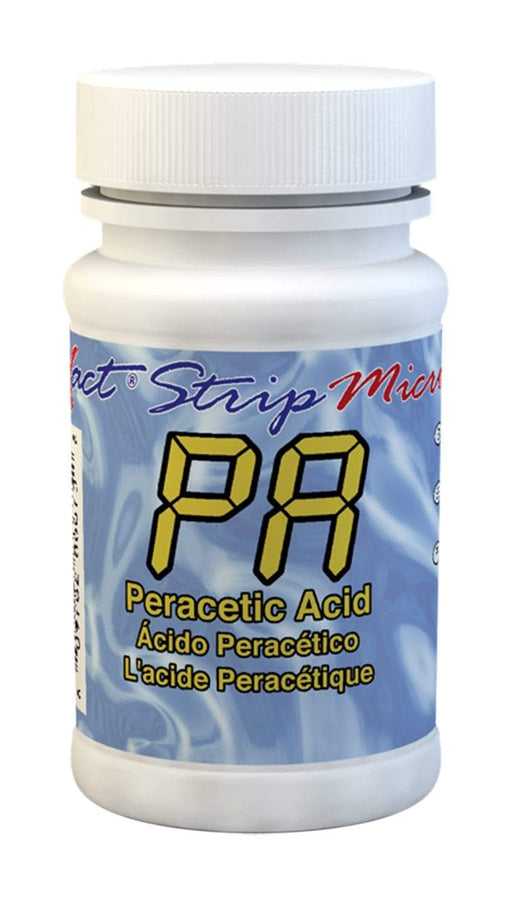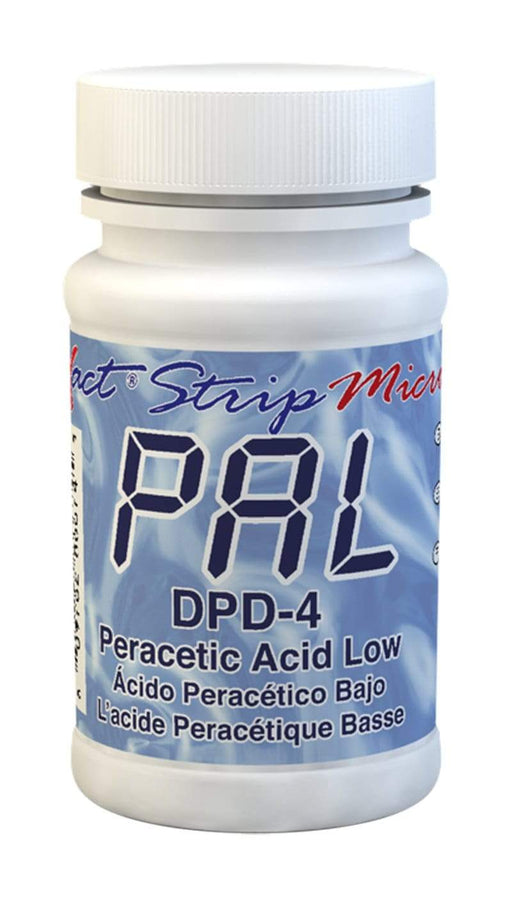itseurope@sensafe.com +44 (0)1722 717911
Email: itseurope@sensafe.com
Phone: +44 (0)1722 717911
itseurope@sensafe.com +44 (0)1722 717911
Email: itseurope@sensafe.com
Phone: +44 (0)1722 717911
Peracetic acid (PAA) is a strong oxidizing agent that is commonly used in water treatment and disinfection applications. It is a colorless liquid with a sharp, pungent odor and is composed of hydrogen peroxide and acetic acid. PAA is effective in killing a wide range of microorganisms, including bacteria, viruses, and fungi, making it a popular choice for disinfecting water in a variety of settings, including municipal water treatment plants, swimming pools, and industrial process water.
One of the main advantages of PAA is its ability to oxidize and disinfect water without leaving behind any harmful by-products. Unlike chlorine, which can form harmful disinfection by-products (DBPs) such as trihalomethanes (THMs) and haloacetic acids (HAAs), PAA does not produce any DBPs. This makes it an attractive option for water treatment applications where the presence of DBPs is a concern.
Another benefit of PAA is its ability to inactivate a wide range of pathogens, including bacteria, viruses, and fungi. This makes it an effective option for disinfecting water in settings where the presence of multiple pathogens is a concern, such as in swimming pools and other recreational water settings. PAA is also effective at inactivating Legionella pneumophila, the bacteria responsible for Legionnaires' disease, making it a useful option for preventing outbreaks in water systems.
PAA is also effective at controlling biofouling in water systems. Biofouling is the buildup of microorganisms and other organic matter on surfaces in water systems, which can lead to clogging, corrosion, and other problems. PAA is effective at controlling biofouling by killing the microorganisms responsible for it, which helps to reduce the need for costly cleaning and maintenance.
Despite the many benefits of PAA, it is important to test for its presence in water systems. This is because PAA can be toxic to aquatic life and can also cause skin and eye irritation in humans. It is also important to ensure that the concentration of PAA in water systems is at an appropriate level for effective disinfection without causing harm. Testing for PAA in water systems can be done using a variety of methods, including colorimetric assays and high-performance liquid chromatography (HPLC).
In conclusion, peracetic acid (PAA) is a powerful oxidizing agent that is commonly used in water treatment and disinfection applications. It is effective at killing a wide range of microorganisms and controlling biofouling without leaving behind harmful by-products. However, it is important to test for PAA in water systems to ensure that it is present at appropriate levels and to ensure that it is not causing harm to aquatic life or humans. PAA testing can be done using a variety of methods, including colorimetric assays and HPLC.

100 Tests At ITS, we have created our own unique reagent delivery system. This strip form of the eXact® Reagent Micro is to test for Peracetic Acid...
View full details
100 Tests At ITS, we have created our own unique reagent delivery system. This strip form of the eXact® Reagent Micro is to test for Low Range Pera...
View full details